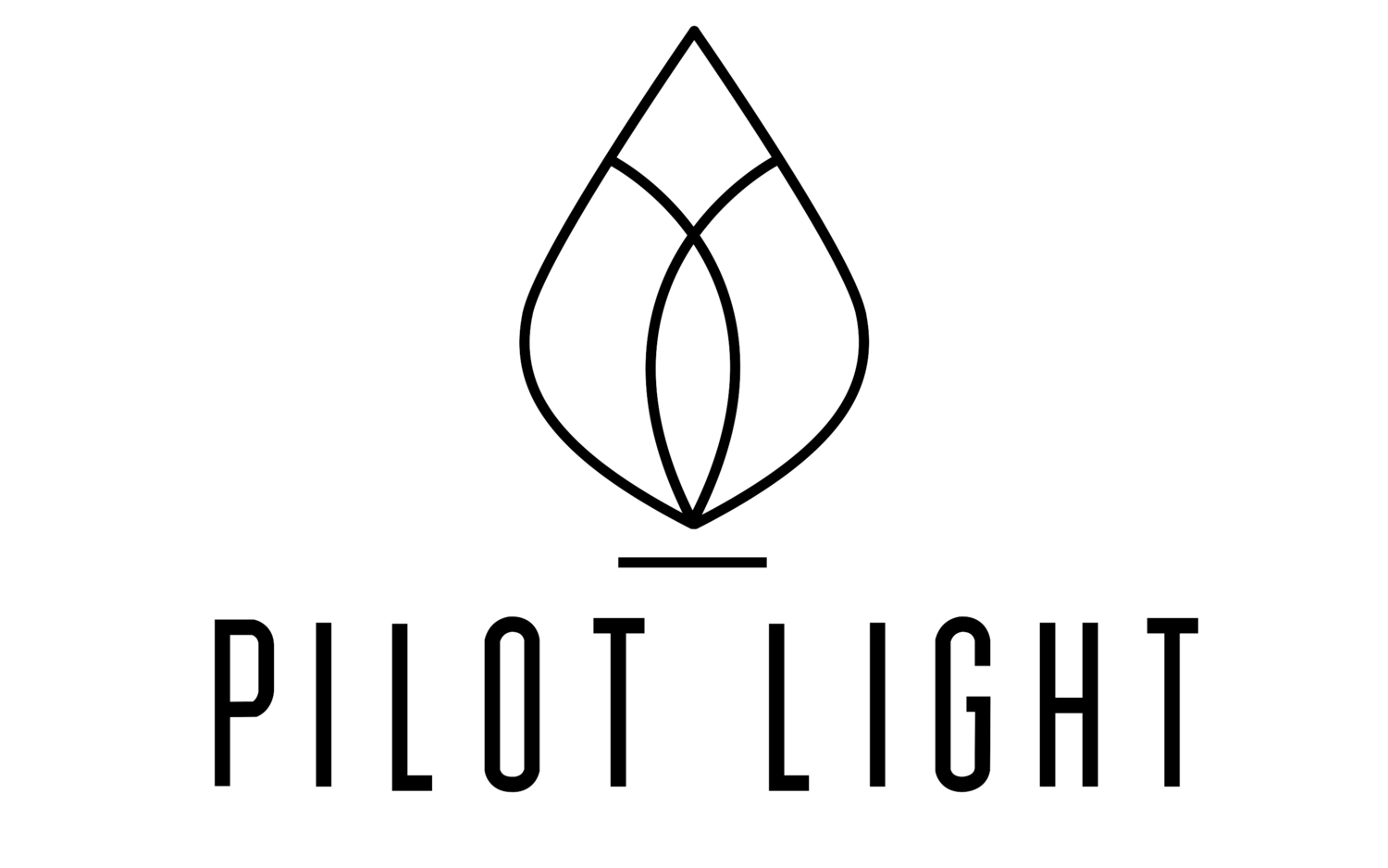MVP (Minimum Viable Permanence) by Polly McGee
Impermanence and interdependence in business is a good thing: here’s how and why. Part of the difficulty for many people in starting up a new business or bringing their ideas to market is that there is a fixed idea of what they are providing, the pathway that will get them there, and the customer whose problem they are solving with their (and by ‘their’ I mean ‘your’) genius. None of this is wrong, and traditional approaches to business planning focus strongly on having these elements and answers in place prior to market entry.
You are meant to have risk managed all of the potential problems you can think of, trouble shot like an Olympic marksman, and largely eliminated any obstacle likely to get in your path. This is all well and good if you are in possession of the entire spectrum of causes and conditions. Which of course none of us are. Once we hit the market and unanticipated things start coming at us right and left, we default to that next setting on the entrepreneur dial: flowing around problems. We are still trying to fix the issue to get to the original destination. When we flow around something, we still head in approximately the same direction, with a mildly altered route.
When seeing your emerging business from the viewpoint of the two I’s—interdependence and impermanence—you can be radically agile with no suffering. You can accept when things need to do a 180-degree turnaround, and not have a moment of clinging to the idea of what might have been. Your only relationship is to what is, and the causes and conditions that constitutes your market entry in the moment. In the early stages of coming up with an idea for a new business, project or venture, the process of refining your idea is a straightforward formula.
You see a gap in the market, a problem to be solved, and you have an elegant solution to that problem that meets the market at a point where the cost of solving the problem is acceptable to the customer and delivers surplus revenue. While this follows a relatively linear path, it is always iterative. The place you start is rarely where you finish, especially if you are using lean start-up and UX design practices where the minimum viable product (MVP) is the working prototype that goes to market, and interactivity with your clients drives the development into a third space of creativity and evolution between the idea and the end user.
The link here is that everyone knows the MVP stage is just the beginning. It is absolutely, unequivocally impermanent. There are plenty of leaps of faith in this process. When the lean method came out initially, it flipped the usual practice of having a complete product enter the market. The big shift was the realisation that you can’t always anticipate fully what the market actually needs unless you have a conversation with your end users first.
You can see a problem that needs solving and come up with a creative solution, but you and your team, if you have one, are a very limited number of thinkers. By reaching out and releasing an MVP, you are surrendering to the market. You are surrendering to hundreds, thousands or millions of people who can engage with your idea, give you feedback and make it better. You don’t know the outcome, and you don’t need to, as in theory the best outcome will be the one that emerges through the collaborative journey.
By just looking at the parallels between this approach to a new product or service, and the approach to our lives of working in the yogic way, you can see how the elements harmonise together. This message will be sounded loud and clear in as many ways as possible. Surrender. You don’t have to know everything, you don’t have to do everything. You just have to be alert and listen to the strong voice, feeling or desire that niggles at you and tells you that there is a role for you to play in bringing an idea into the world. Get used to change and see it as a constant positive. Call it agility. Train yourself to operate this way by knowing yourself and your mind intimately.
I think often when we have this calling to contribute a new business idea, a concept for a good hustle, the default position is to reject it, to say no. If we aren’t enough in our everyday life, how can we possibly rearrange the pieces of our lives to enable something as big as a new business to get out of our heads and into the world? It’s a fair question; especially if you haven’t got any experience in business, or have very specific areas of expertise. Even more so if you have no idea how you would fund your idea, or where the time to do all of this would come from. You can see how it’s pretty easy to slam the door shut in the face of opportunity.
Based on everything we think we know about our limitations, our cant’s and don’t’s, and the overwhelming sea of anxiety that can accompany pursuing an idea, it is amazing that anyone ever actions their big ideas. But they do, and usually because the voice of urgency to get it done is louder than the voice of resistance. Being able to hear the voice of urgency is easier once the mind is quiet and the body still, which is one of the many gifts a meditation practice will bring - that and embedding the concept of impermanence, faith, surrender and knowing you are at the right place, at the right time with the right people to bring your gifts to the world.

